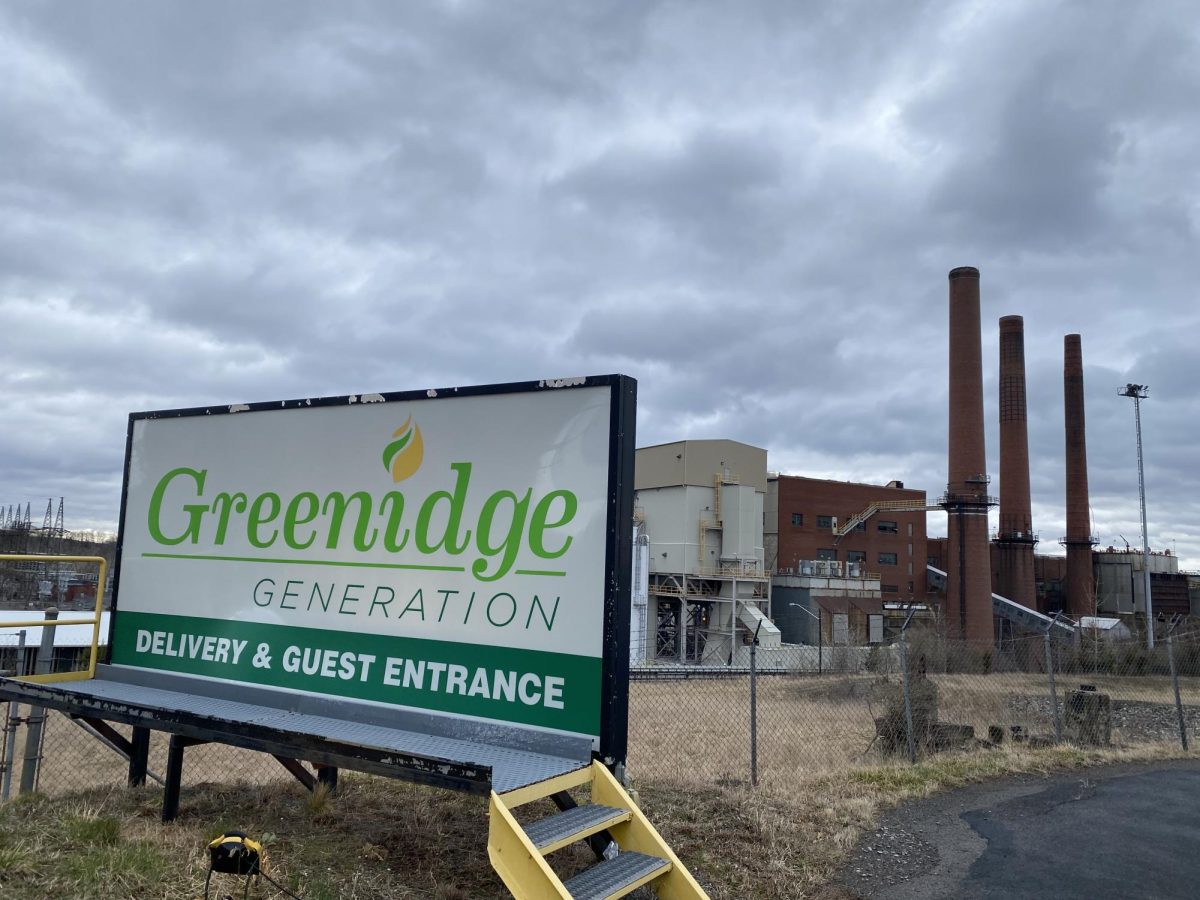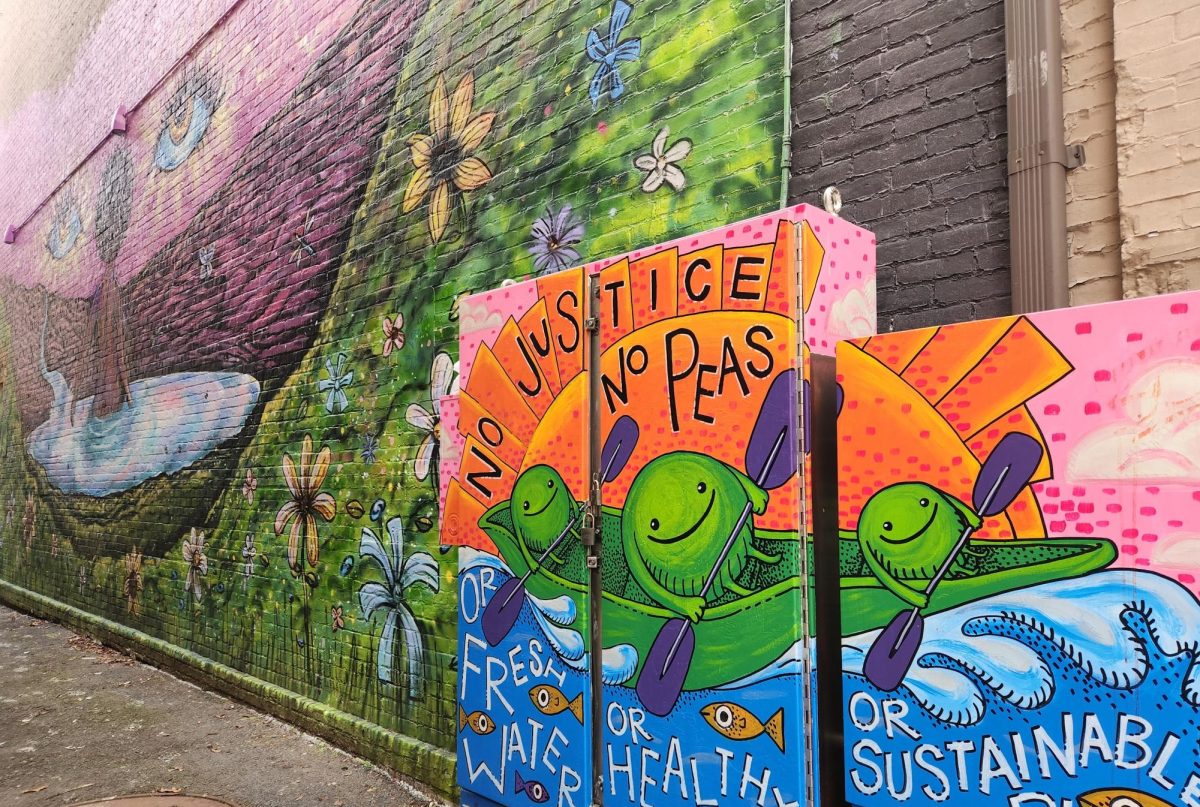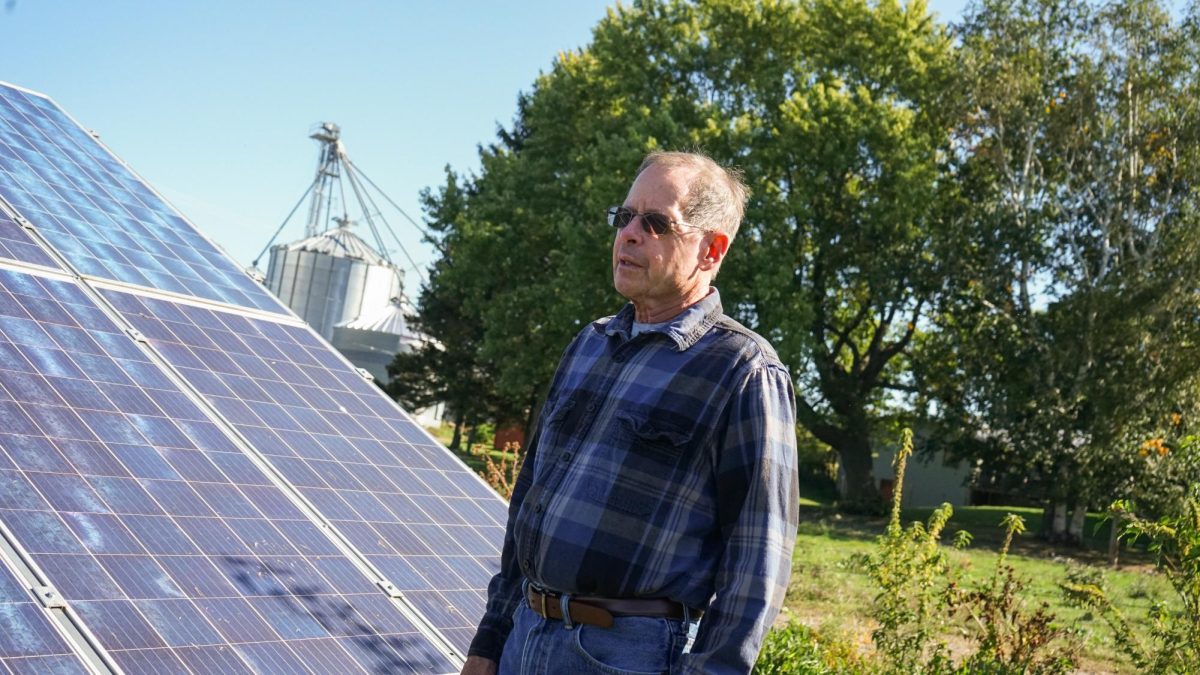
Evidence of lead contamination at Ithaca Falls was discovered nearly two decades ago. However, the area has still not been effectively cleaned up, and debate over the best way to decontaminate the area persists today.
The issue was recently brought back into the spotlight after the Ithaca Journal published a front page story which noted that, this past August, the New York State Department of Environmental Conservation deemed the nearby former Ithaca Gun factory site, “a significant threat to public health or the environment.”
In response, Nels Bohn, Ithaca Urban Renewal Agency’s Director of Community Development, sent a memo to other city government employees.
“While technically correct, this brief story is subject to misinterpretation,” Bohn wrote about the Journal‘s article.
The NYSDEC’s conclusion that the former factory sites poses a significant threat was part of a broader document known as a “fact sheet.” The fact sheet announced that a private property-owner, IFR Development, LLC, wants to clean up and redevelop the site.
The former site of Ithaca Gun is enrolled in the Brownfield Cleanup Program, an NYS program that offers legal and tax incentives to private property-owners who are trying to clean up and redevelop polluted properties. One of the first steps in this process is for the property-owner to submit an investigative report to the NYSDEC. Once this report is submitted, the NYSDEC releases a fact sheet announcing that the report is being reviewed.
So, while it may sound ominous, Bohn says this news is actually a positive. It means that IFR Development has submitted a report, that the NYSDEC is taking the report seriously, and that this area may soon be cleaned up and made useful again.
It is not yet clear what the company plans to do with the property after it has been cleaned up.


However, this potential cleanup effort would not apply to the rest of Ithaca Falls, only to the site of the former gun factory.
Understanding the broader cleanup strategy might make you feel like you’re back in high school —but not in Chemistry 101 learning about the elements— more like Civics and Gov. studying federalism.
The polluted area is divided into four sections, and each one receives different governmental treatment.

Bohn, says that this complex system of public-private ownership and local, state and federal programs will maximize the resources needed to make the falls a safe place for recreation and development. However, some community members feel that this model is failing to get the job done.
Perhaps the most vocal opponent is activist Walter Hang, president of Toxics Targeting. Hang believes that the EPA should fully take over the operation.
“New York State has failed to clean up these public health hazards for too many years, and that’s how come I’m calling upon Gov. Cuomo to ask the EPA to nominate all sites to the National Priority List for Superfund Cleanup,” Hang said.
The governor’s office has not responded to Hang’s letter, which was sent on September 7.
In order to be eligible for the Superfund cleanup, the EPA must investigate and score the area in question. Ithaca Falls has been investigated in the past, but it has never scored high enough for eligibility.
“I support the site being on the Superfund list,” said Bohn. “The problem is… it’s never scored high enough and we’ve done additional remediation since that time.”
Hang believes that a new EPA provision concerning soil vapor intrusion would yield a different score if the falls were investigated again.
Soil vapor intrusion refers to off-site contamination that could potentially spread to homes.
In short, the city government agrees with Hang that Ithaca Falls would benefit from being added to the federal Superfund list, but it just doesn’t see it as a viable option. In addition, the city believes that progress is being made with its current cleanup strategy.
Hang is far less optimistic, referencing years worth of what he called “botched cleanup attempts.” He considers the situation an “endless political battle.”












